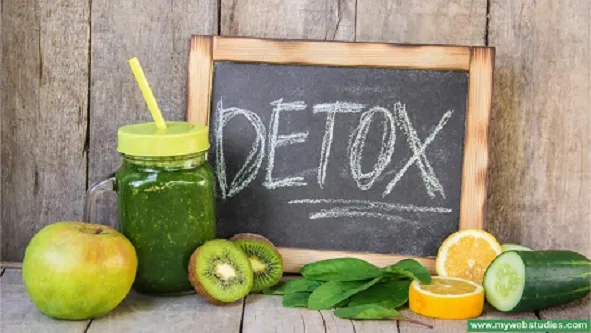Transcription Preparation of the detox diet
As we have explained throughout this course, following a healthy diet, aimed at reducing the levels of toxins in our body, will delay or prevent the onset of unpleasant symptoms, and may even prevent disorders or diseases, helping you to improve your health and quality of life.
If you are interested in this diet and you have received the pertinent orientations from a professional nutritionist, and you are about to start it, the best way to follow it is to plan in advance the menus for each of the meals during the week.
With a clear menu it is easier to do the shopping in advance and distribute the daily portions of each food, without having to eat the first thing we find or buy processed food.
Recommendations for shopping:
- Prepare a list in advance in correspondence with the planned diet.
- Select during shopping only the items on the list, do not take home "last minute cravings", foods that will not really help you achieve your purpose.
- Read the nutrition labels, paying attention especially to the serving size, energy intake, percentage of daily values and amounts of specific nutrients contained in each serving.
- Do not consider that you can consume light foods without limits, remember that they contain only 30% of calories, below your reference food, but in many cases, they still contain a lot of calories.
Foods that you should include in your shopping list:
- Vegetables: they are undoubtedly the most purifying foods thanks to their high content of antioxidant substances and fiber. The most recommended are: Broccoli, kale, cabbage or Brussels sprouts, artichokes, lettuce, celery, carrots, ginger, turnip, watercress, asparagus, cucumbers, garlic and onions. Prioritize products that are in season, this makes their nutrients more active and they are also cheaper.
- Fruits: Fruits are also rich in fiber and antioxidant substances. The most recommended are: Lemon, kiwi, grapes, strawberries, plums, blackberries, red or blueberries, apples, oranges, guavas, pomegranate, pineapple, papaya and raspberry.
- Spices or condiments: Because of the aromas and flavors that condiments provide, they constitute one of the elements that determine the acceptance and follow up of the diet; in addition many are rich in vitamins, minerals and antioxidant substances. Examples: cumin, pepper, oregano, laurel, parsley, cinnamon and nutmeg.
- Infusions of medicinal plants: chamomile, linden, peppermint, etcetera.
- Complex carbohydrates: They provide vitamins of the B group, some minerals and fiber.
- The most recommended are: Oats, rye, corn; whole grains (whole wheat pasta, whole wheat bread, brown rice and boiled or steamed potatoes).
- Extra virgin olive oil: Olive oil improves blood cholesterol levels and is rich in vitamin E, a compound that acts as an antioxidant agent at the cellular level. Other healthy fats to consider are omega-3 fish oils, and t
detox diet




